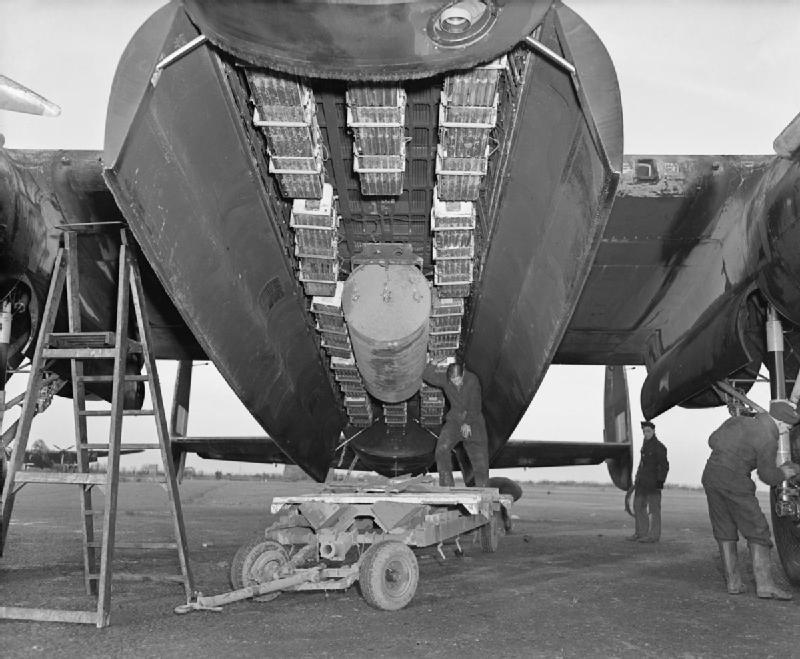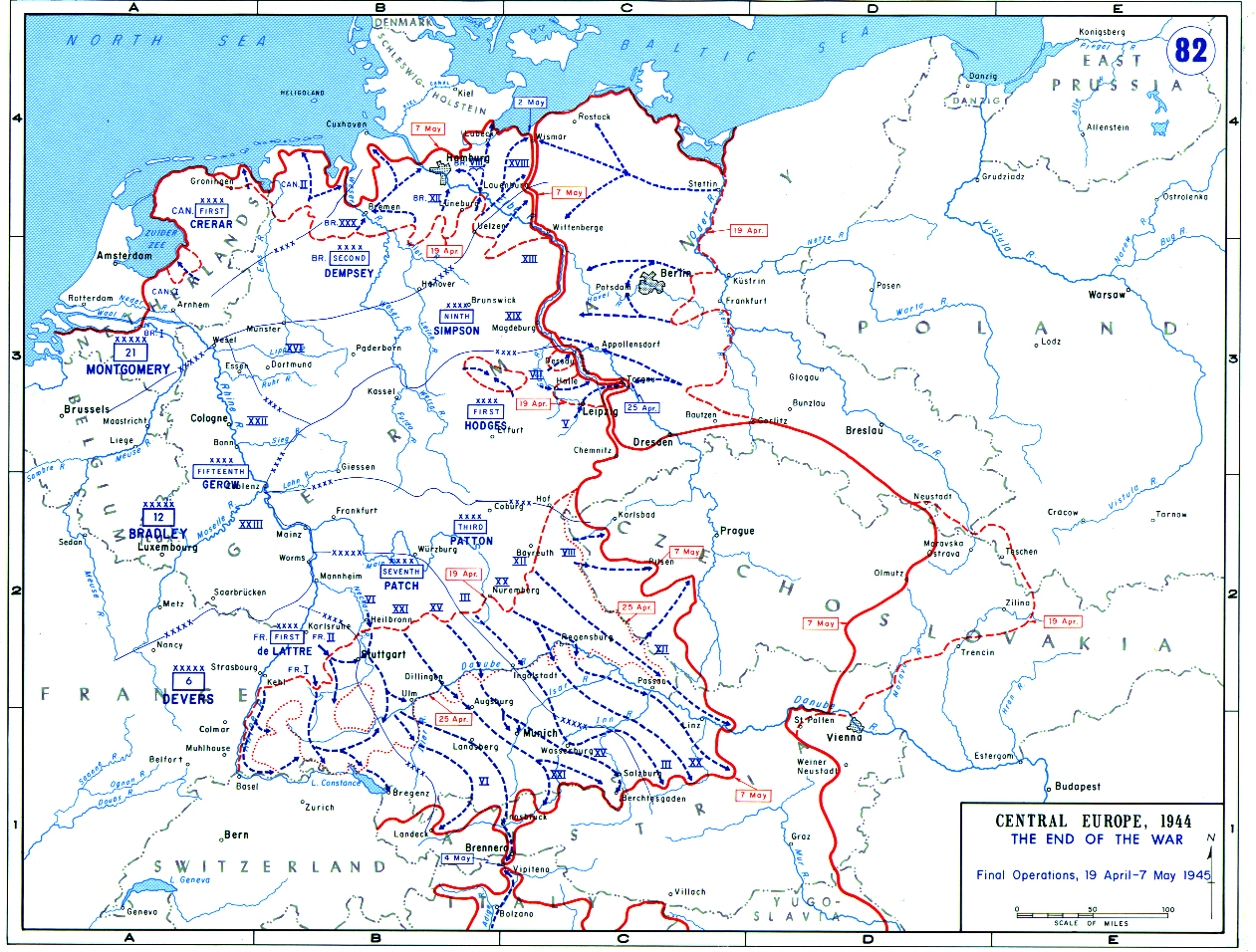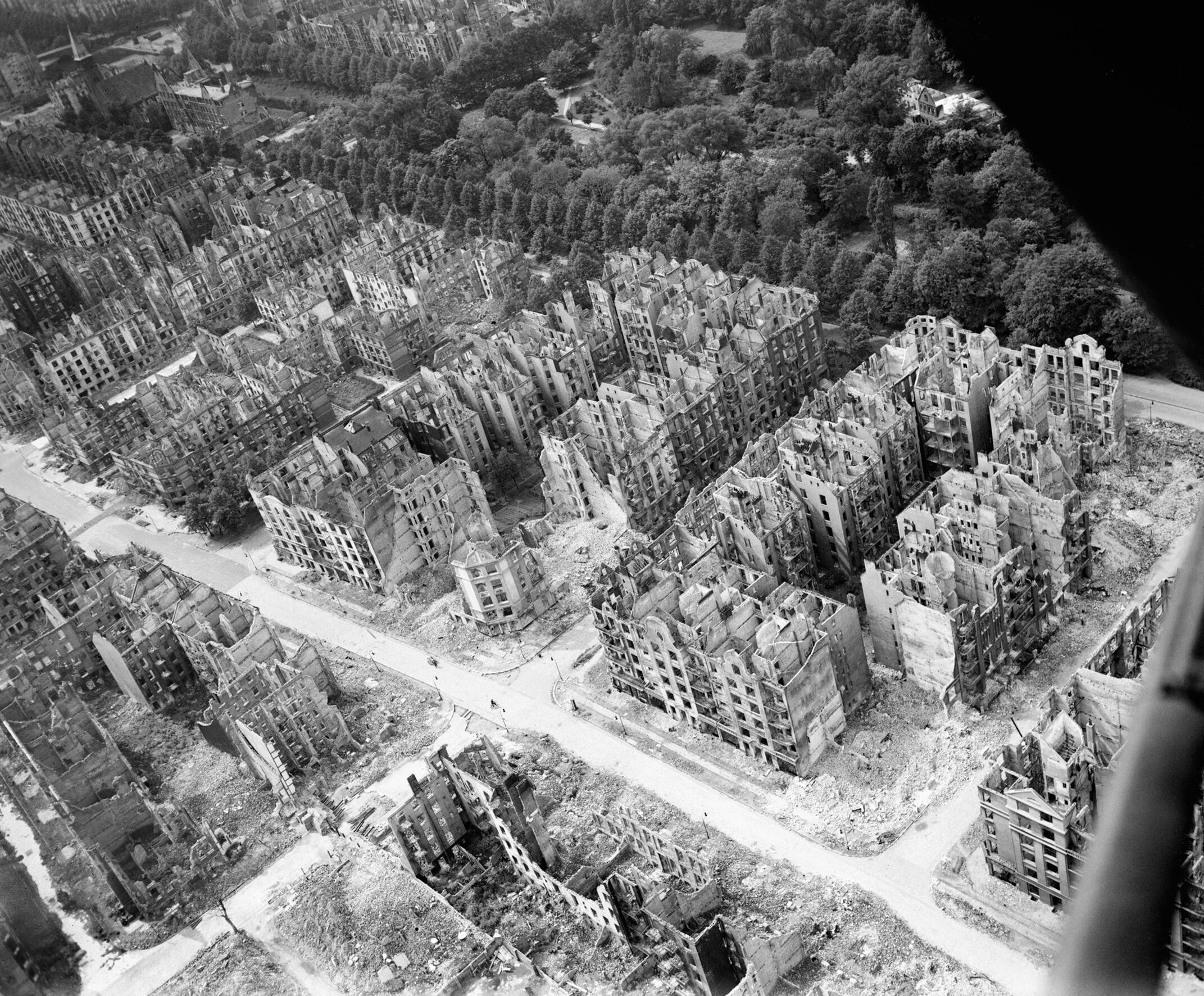|
Bombing Of Dresden
The bombing of Dresden was a joint British and American aerial bombing attack on the city of Dresden, the capital of the German state of Saxony, during World War II. In four raids between 13 and 15 February 1945, 772 heavy bombers of the Royal Air Force (RAF) and 527 of the United States Army Air Forces (USAAF) dropped more than 3,900 tons of high-explosive bombs and incendiary devices on the city.*The number of bombers and tonnage of bombs are taken from a USAF document written in 1953 and classified secret until 1978 . *Taylor (2005), front flap, which gives the figures 1,100 heavy bombers and 4,500 tons. *Webster and Frankland (1961) give 805 Bomber Command aircraft 13 February 1945 and 1,646 US bombers 16 January – 17 April 1945. "Mission accomplished", ''The Guardian'', 7 February 2004. The bombing and the resulting firestorm destroyed more than of the city centre. An estimated 22,700 to 25,000 people were killed. Three more USAAF air raids followed, two occurring on 2 ... [...More Info...] [...Related Items...] OR: [Wikipedia] [Google] [Baidu] |
Strategic Bombing During World War II
World War II (1939–1945) involved sustained strategic bombing of railways, harbours, cities, workers' and civilian housing, and industrial districts in enemy territory. Strategic bombing as a military strategy is distinct both from close air support of ground forces and from tactical air power. During World War II, many military strategists of air power believed that air forces could win major victories by attacking industrial and political infrastructure, rather than purely military targets. Strategic bombing often involved bombing areas inhabited by civilians, and some campaigns were deliberately designed to target civilian populations in order to terrorize them and disrupt their usual activities. International law at the outset of World War II did not specifically forbid the aerial bombardment of cities – despite the prior occurrence of such bombing during World War I (1914–1918), the Spanish Civil War (1936–1939), and the Second Sino-Japanese War (1937–1945 ... [...More Info...] [...Related Items...] OR: [Wikipedia] [Google] [Baidu] |
World War II
World War II or the Second World War, often abbreviated as WWII or WW2, was a world war that lasted from 1939 to 1945. It involved the vast majority of the world's countries—including all of the great powers—forming two opposing military alliances: the Allies and the Axis powers. World War II was a total war that directly involved more than 100 million personnel from more than 30 countries. The major participants in the war threw their entire economic, industrial, and scientific capabilities behind the war effort, blurring the distinction between civilian and military resources. Aircraft played a major role in the conflict, enabling the strategic bombing of population centres and deploying the only two nuclear weapons ever used in war. World War II was by far the deadliest conflict in human history; it resulted in 70 to 85 million fatalities, mostly among civilians. Tens of millions died due to genocides (including the Holocaust), starvation, ma ... [...More Info...] [...Related Items...] OR: [Wikipedia] [Google] [Baidu] |
Area Bombing
In military aviation, area bombardment (or area bombing) is a type of aerial bombardment in which bombs are dropped over the general area of a target. The term "area bombing" came into prominence during World War II. Area bombing is a form of strategic bombing. It can serve several intertwined purposes: to disrupt the production of military materiel, to disrupt lines of communications, to divert the enemy's industrial and military resources from the primary battlefield to air defence and infrastructure repair, and to demoralise the enemy's population (See terror bombing). "Carpet bombing",An early example of this use of "carpet bombing" is from 1942: also known as "saturation bombing", and "obliteration bombing", refers to a type of area bombing that aims to effect complete destruction of the target area by exploding bombs in every part of it. Area bombing is contrasted with precision bombing. The latter is directed at a selected target – not necessarily a small, and not nece ... [...More Info...] [...Related Items...] OR: [Wikipedia] [Google] [Baidu] |
United States Air Force
The United States Air Force (USAF) is the air service branch of the United States Armed Forces, and is one of the eight uniformed services of the United States. Originally created on 1 August 1907, as a part of the United States Army Signal Corps, the USAF was established as a separate branch of the United States Armed Forces in 1947 with the enactment of the National Security Act of 1947. It is the second youngest branch of the United States Armed Forces and the fourth in order of precedence. The United States Air Force articulates its core missions as air supremacy, global integrated intelligence, surveillance and reconnaissance, rapid global mobility, global strike, and command and control. The United States Air Force is a military service branch organized within the Department of the Air Force, one of the three military departments of the Department of Defense. The Air Force through the Department of the Air Force is headed by the civilian Secretary of the Air Force ... [...More Info...] [...Related Items...] OR: [Wikipedia] [Google] [Baidu] |
Alpine Fortress
The Alpine Fortress (german: Alpenfestung) or Alpine Redoubt was the World War II national redoubt planned by Heinrich Himmler in November and December 1943"Himmler started laying the plans for underground warfare in the last two months of 1943.... The plans are threefold, embracing (1) Open warfare directed from Hitler's mountain headquarters; (2) Sabotage and guerrilla activity conducted by partisan bands organized by districts, and (3) Propaganda warfare to be carried on by some 200,000 Nazi followers in Europe and elsewhere. Strongholds Established Already picked S.S. (elite) troops have been established in underground strongholds and hospitals in the Austrian, Bavarian and Italian Alpine area and it is the plan of Nazi leaders to flee to that region when the German military collapse comes" . for Germany's government and armed forces to retreat to an area from "southern Bavaria across western Austria to northern Italy"."But what of the top Nazis who cannot hide? With a com ... [...More Info...] [...Related Items...] OR: [Wikipedia] [Google] [Baidu] |
Bombing Of Hamburg In World War II
The Allied bombing of Hamburg during World War II included numerous attacks on civilians and civic infrastructure. As a large city and industrial centre, Hamburg's shipyards, U-boat pens, and the Hamburg-Harburg area oil refineries were attacked throughout the war. As part of a sustained campaign of strategic bombing during World War II, the attack during the last week of July 1943, code named Operation Gomorrah, created one of the largest firestorms raised by the Royal Air Force and United States Army Air Forces in World War II, killing an estimated 37,000 civilians and wounding 180,000 more in Hamburg, and virtually destroying most of the city. Hamburg was selected as a target because it was considered particularly susceptible to attack with incendiaries, which, from the experience of the Blitz, were felt to inflict more damage than just high explosive bombs. Hamburg also contained a high number of targets supporting the German war effort and was relatively easy for navigator ... [...More Info...] [...Related Items...] OR: [Wikipedia] [Google] [Baidu] |
Bombing Of Tokyo In World War II
The was a series of firebombing air raids by the United States Army Air Force during the Pacific campaigns of World War II. Operation Meetinghouse, which was conducted on the night of 9–10 March 1945, is the single most destructive bombing raid in human history. of central Tokyo were destroyed, leaving an estimated 100,000 civilians dead and over one million homeless. In comparison, the atomic bombing of Nagasaki resulted in the immediate death of between 39,000 and 80,000 people. The US first mounted a seaborne, small-scale air raid on Tokyo (the "Doolittle Raid") in April 1942. Strategic bombing and urban area bombing began in 1944 after the long-range B-29 Superfortress bomber entered service, first deployed from China and thereafter the Mariana Islands. B-29 raids from those islands began on 17 November 1944, and lasted until 15 August 1945, the day of Japanese surrender. Over 50% of Tokyo's industry was spread out among residential and commercial neighborhoods; fir ... [...More Info...] [...Related Items...] OR: [Wikipedia] [Google] [Baidu] |
Axis Powers
The Axis powers, ; it, Potenze dell'Asse ; ja, 枢軸国 ''Sūjikukoku'', group=nb originally called the Rome–Berlin Axis, was a military coalition that initiated World War II and fought against the Allies. Its principal members were Nazi Germany, the Kingdom of Italy, and the Empire of Japan. The Axis were united in their opposition to the Allies, but otherwise lacked comparable coordination and ideological cohesion. The Axis grew out of successive diplomatic efforts by Germany, Italy, and Japan to secure their own specific expansionist interests in the mid-1930s. The first step was the protocol signed by Germany and Italy in October 1936, after which Italian leader Benito Mussolini declared that all other European countries would thereafter rotate on the Rome–Berlin axis, thus creating the term "Axis". The following November saw the ratification of the Anti-Comintern Pact, an anti-communist treaty between Germany and Japan; Italy joined the Pact in 1937, follow ... [...More Info...] [...Related Items...] OR: [Wikipedia] [Google] [Baidu] |
Cause Célèbre
A cause célèbre (,''Collins English Dictionary – Complete and Unabridged'', 12th Edition, 2014. S.v. "cause célèbre". Retrieved November 30, 2018 from https://www.thefreedictionary.com/cause+c%c3%a9l%c3%a8bre ,''Random House Kernerman Webster’s College Dictionary''. S.v. "cause célèbre." Retrieved November 30, 2018 from https://www.thefreedictionary.com/cause+c%c3%a9l%c3%a8bre ; pl. causes célèbres, pronounced like singular) is an issue or incident arousing widespread controversy, outside campaigning, and heated public debate. The term continues in the media in all senses. It is sometimes used positively for celebrated legal cases for their precedent value (each ''locus classicus'' or "case-in-point") and more often negatively for infamous ones, whether for scale, outrage, scandal, or conspiracy theories. The term is a French phrase in common usage in English. Since it has been fully adopted into English and is included unitalicized in English dictionaries,''American ... [...More Info...] [...Related Items...] OR: [Wikipedia] [Google] [Baidu] |
Classification Yard
A classification yard (American and Canadian English ( Canadian National Railway use)), marshalling yard (British, Hong Kong, Indian, Australian, and Canadian English ( Canadian Pacific Railway use)) or shunting yard (Central Europe) is a railway yard found at some freight train stations, used to separate railway cars onto one of several tracks. First the cars are taken to a track, sometimes called a ''lead'' or a ''drill''. From there the cars are sent through a series of switches called a ''ladder'' onto the classification tracks. Larger yards tend to put the lead on an artificially built hill called a ''hump'' to use the force of gravity to propel the cars through the ladder. Freight trains that consist of isolated cars must be made into trains and divided according to their destinations. Thus the cars must be shunted several times along their route in contrast to a unit train, which carries, for example, cars from the plant to a port, or coal from a mine to the power plan ... [...More Info...] [...Related Items...] OR: [Wikipedia] [Google] [Baidu] |
Firestorm
A firestorm is a conflagration which attains such intensity that it creates and sustains its own wind system. It is most commonly a natural phenomenon, created during some of the largest bushfires and wildfires. Although the term has been used to describe certain large fires, the phenomenon's determining characteristic is a fire with its own storm-force winds from every point of the compass towards the storm's center, where the air is heated and then ascends. The Black Saturday bushfires and the Great Peshtigo Fire are possible examples of forest fires with some portion of combustion due to a firestorm, as is the Great Hinckley Fire. Firestorms have also occurred in cities, usually due to targeted explosives, such as in the aerial firebombings of London, Hamburg, Dresden, and Tokyo, and the atomic bombing of Hiroshima. Mechanism A firestorm is created as a result of the stack effect as the heat of the original fire draws in more and more of the surrounding air. This dr ... [...More Info...] [...Related Items...] OR: [Wikipedia] [Google] [Baidu] |









